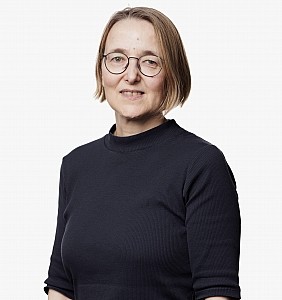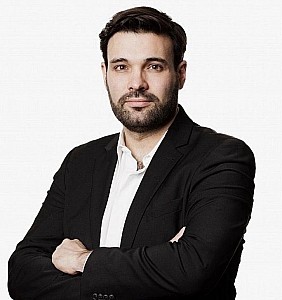Do you want a worldwide patent protection? Here is what you need to know
Patents are territorial rights and a patent can only protect an invention in one country or region. Applicants need to apply for patents in each country or region where they envision having an exclusive right for their invention.
Deciding in which countries to file a patent application needs to be done within the 12 months following the initial filing which marks the so-called end of priority. Making such a decision in such a short time can be challenging but is an essential part of your IP strategy, and it will have a significant impact on patent-related costs as well. Factors like target market, location of production, and budget should be thoroughly evaluated when deciding on which countries to choose.
A worldwide patent does not exist. However, in cases where a large territorial protection is desired, an international patent application can keep your chances open for a longer time to get protection in almost all countries.
What is an international patent application?
An international patent application is filed under the Patent Cooperation Treaty (PCT) which has more than 157 contracting states. The PCT makes it possible to seek patent protection in all contracting states with a single PCT patent application, commonly referred to as “international patent application”. A PCT patent application has the same effect as filing multiple patent applications in different countries at the same time.
A PCT patent application can be filed stand-alone or as a follow-up application to a prior filing. In both cases, the life span of a PCT application is limited to 30 months from the priority date, the date of the initial filing on that particular invention.
Can a PCT patent application grant your patent rights in all PCT countries?
The short answer is “No”. A PCT patent application by itself will not lead to granted patents. Instead, it works as a placeholder before the start of the procedures of the national/regional phase with the individual countries’ patent offices. As such a PCT patent application maintains your rights for up to 30 months to apply for a patent in any of the PCT contracting states and potentially obtain patent rights in those states.
To be able to obtain a granted patent, an actual national or regional application still has to be filed before the PCT patent application expires. This is due to the fact that the decision on granting a patent is exclusively made by the national or regional patent offices.
So what are the advantages of a PCT patent application?
Filing a PCT patent application instead of filing multiple patent applications will save you time, effort, and money.
PCT patent applications come with the advantage of having an extra 18 months before starting the procedures of any national phase. This gives more time to assess your invention and the market, and to select the specific countries where to proceed with seeking protection. The additional time also means being able to delay the major costs associated with multi-nationalizing a patent application, such as translation fees, official application fees at each patent office, and fees for local patent agents/attorneys in each country. In fact, with a PCT patent application, these costs are not only delayed but also for the first 18 months, reduced to one language and one set of fees, paid to only one office. In many cases, a PCT patent application provides substantial savings by avoiding costs for filing patents in countries that were initially assumed relevant but are no longer of interest to the applicant at the end of PCT patent application period.
Another substantial advantage is that the PCT patent application process aids in assessing the chances of obtaining a granted patent for an invention and if needed, in adjusting your application to improve these chances. This becomes possible because every PCT patent application receives an International Search Report and a subsequent expert opinion on patentability. A positive report strengthens the applicant’s position in front of national patent offices. A negative report will be a valuable guide to adjust the applicant’s strategy in its favor. For example, one can adjust what is claimed in the patent application to increase the chances of the granting of the patent, or if deemed necessary, withdraw a patent application before its publication which will save the cost of having the application processed in various countries while still keeping your invention confidential.
In conclusion, an “international” PCT patent application reserves your protection rights almost worldwide during its lifespan which affords you time to adjust your strategy: choosing the markets and countries to enter and fine-tuning your patent application to increase the likelihood of a granted patent. Consequently, it saves you money, time, and effort while increasing your chances of obtaining patent protection for your invention in multiple countries.
While there are many advantages of a PCT patent application, strategic considerations will vary depending on your individual invention and circumstances. Our experts at Brantsandpatents are always at service to you to counsel your own IP strategy.
Do you have a question?
We would be happy to assist you.
Make an appointment with one of our experts.
Rest assured, you're not alone.
Feel free to browse through the FAQ and don't hesitate to
contact us if you still have any doubts.




